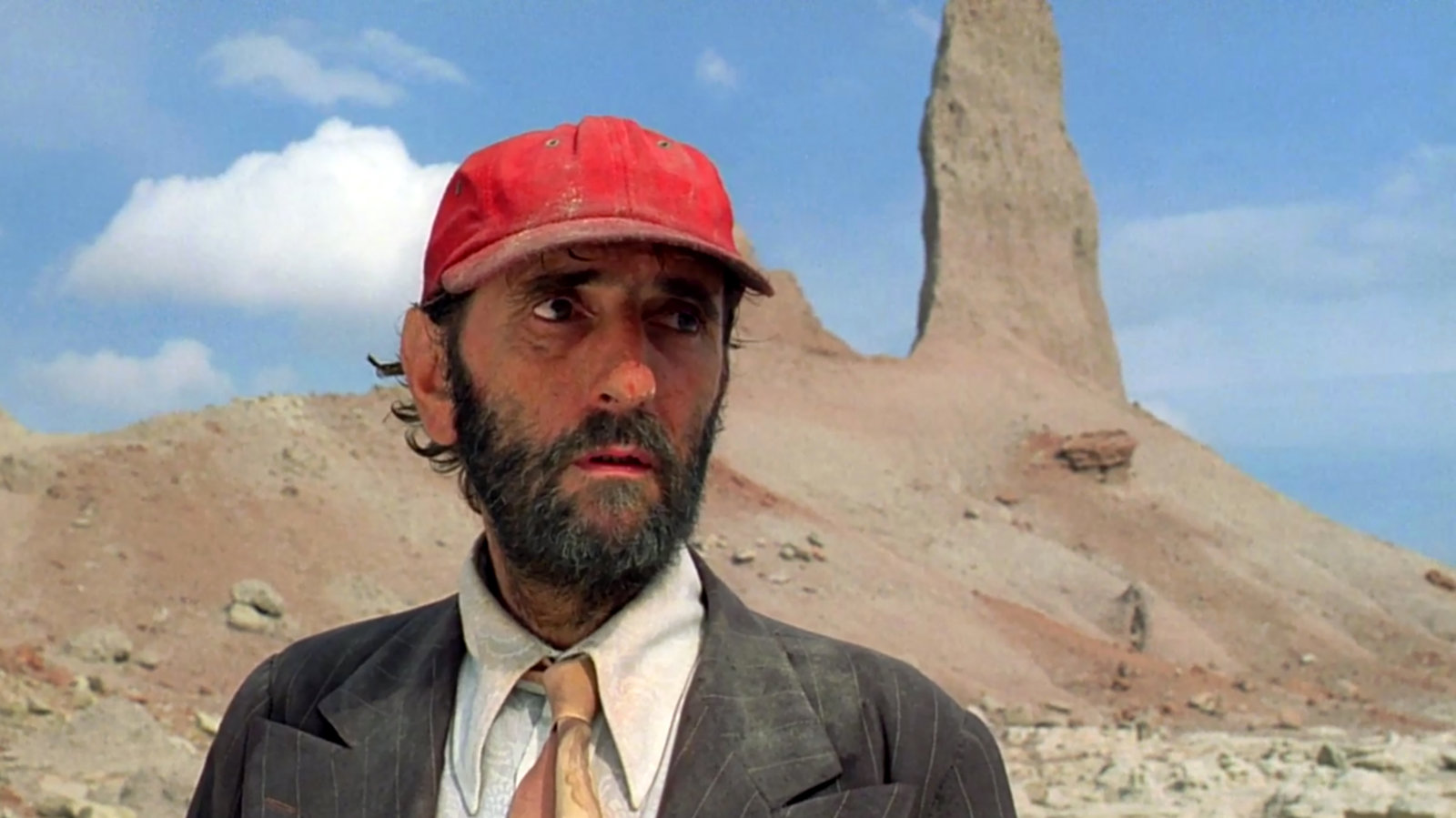
What is a “character actor”? And where does such a specimen come from? Most of us are familiar with these players often becoming unusual eccentric types or the everyday matriarch or patriarch of a family. More often than not they can feel like distant, idiosyncratic relatives who have always belonged in our lives that we instantly identity by face rather than by name. Sometimes they have their moments, but most of the time they are severely overlooked for either the more suave or beautiful among them.
Do you feel as though you haven’t had enough “character actor” in your life these days? Then search no further as here is a compiled list of ten amazing films that give the character actor the spotlight to shine.
1. Matewan (1987)
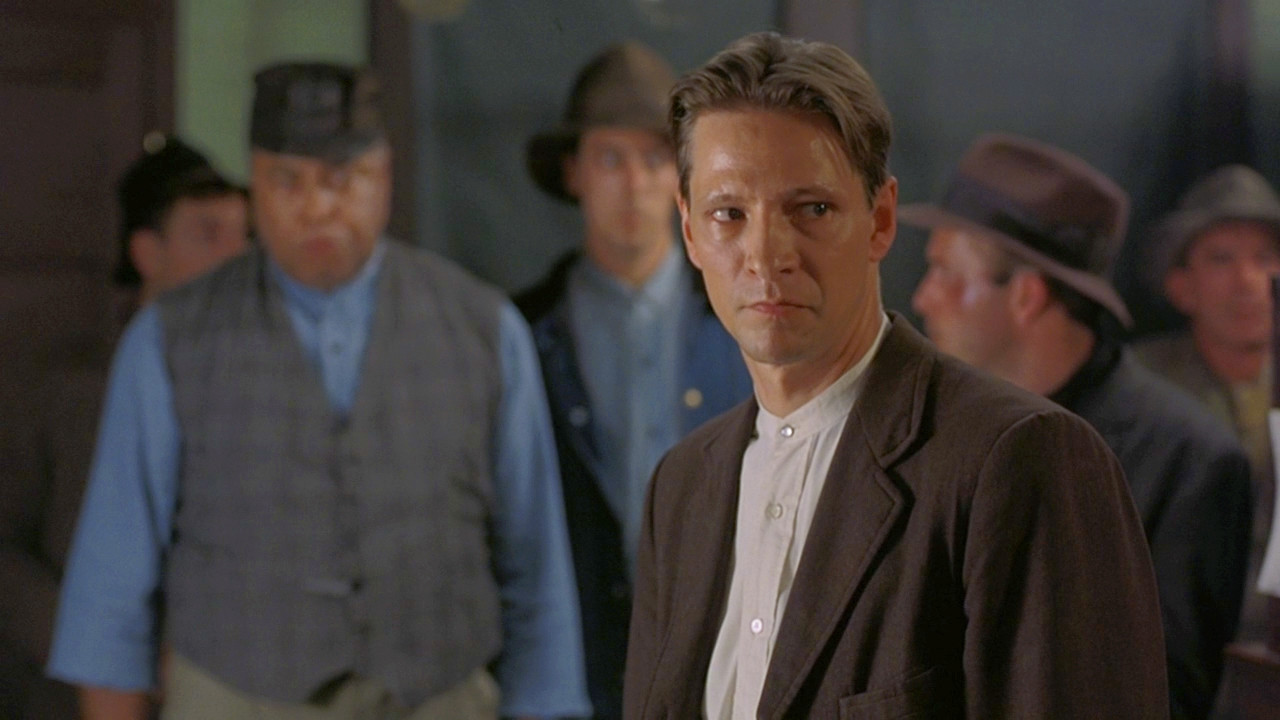
A hallmark of indie-filmmaking, and one of the very best films from John Sayles’ filmography, Matewan provides the world’s introduction to the subdued, emotionally diverse acting of Chris Cooper. While Cooper’s leading man, Joe Kenehan, is not exactly a character full of grandiose movement or groundbreaking complexities he is one of total familiarity.
Cooper’s unique facial warmth, combed brown hair and unique lip curl are just the major trademarks from the guy we would continue to recognize (and adore) on screen for years to come. Cooper’s low-key yet methodical acting approach always finds himself consistently creeping into the spotlight until a particular scene is his. He would later win over audiences for his supporting performance in American Beauty, and even there, would utilize all the quirks he always brought to the table.
Matewan also happens to be a fantastic period piece (thanks to the actors and brilliant writing of Sayles) and therefore not only showcases a young Cooper but also touts a strong supporting ensemble brimming with familiar faces: James Earl Jones, Ken Jenkins, Mary McDonnell, Will Oldham, and Bob Gunton—Nearly all character actors in one way or another, especially Jenkins and Gunton. Jenkins would later embrace the kookiness of life as an aging doctor in the hit show Scrubs and Gunton never failed to fill the shoes of an oppressive bad guy—the kind of guy we all love to hate.
The film is written in ways few folks are capable. Sayles is able to carry his story while juggling the successful arcs of at least ten characters, allowing each to breathe and not get smothered among all the other moving parts. On top of this achievement, he gradually builds in historical context with the fusion of liberal and conservative political ideas that intertwine eloquently. Matewan is unashamedly American because of its refreshing take on the culmination of conflicting viewpoints and lifestyles—either thriving or stumbling.
2. Paris, Texas (1984)
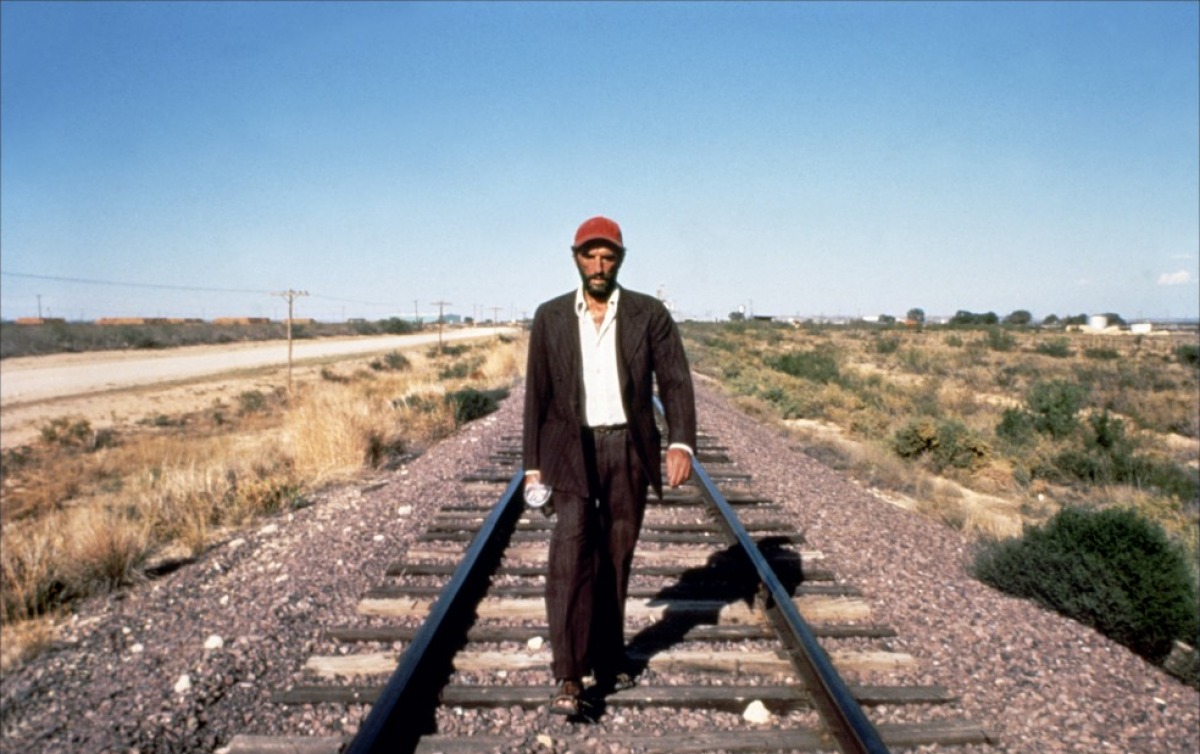
It is doubtful that if anyone was asked to come up with a list of the greatest lead acting performances of all-time one would not easily suggest a performance from a renowned character actor. Harry Dean Stanton, a man usually left to the ensemble and lesser (but fantastic) supporting roles throughout his career, was finally given a chance to shine in Wim Wenders’ Paris, Texas.
The heaping slice of Americana gives us Stanton wandering a desert, nearly hopeless, trying to find his way to something. Stanton had a startling sense of self and provided all his characters with pathos even if they were low-level scumbags or distracted every-day folk. The charm to his character actor persona is perhaps the rich fatherly aura he could bring to the many roles he played, whether it was Brett in Alien or the fanatical security guard in Avengers. The warm fatherly presence he purveyed makes his performance in Paris, Texas all the more appropriate. The role of Travis Henderson was the ultimate role, let alone leading one, for a man of Stanton’s ilk; a character possessing subdued qualities while simultaneously brimming with pathos.
Wenders’ remarkable vision regarding a lost, wayward man attempting to rekindle family values is one aspiring filmmakers and actors keep in high regard for a reason. The film is perhaps a monumental step forward for the character actor, maintaining that even quiet wallflowers like Harry Dean Stanton are capable of harboring the proper emotions without needing to utter a single word. Paris, Texas also flaunts a poetic atmosphere showcasing blues, reds and greens spread across open skies or empty parking garages. It’s a film that makes you yearn for more confrontation while simultaneously wanting to break away.
3. Bone Tomahawk (2015)
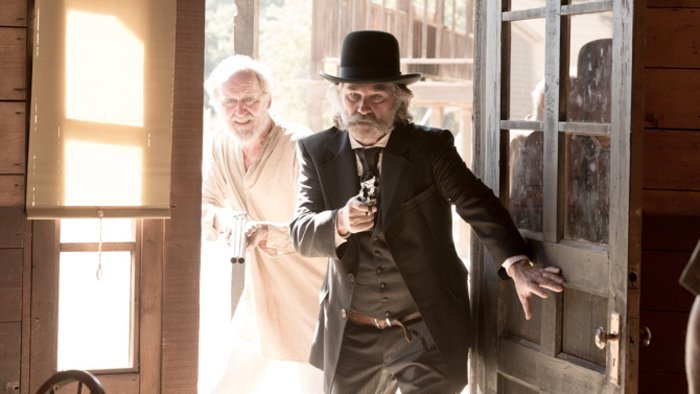
So-called character actors were typically more common and even more well regarded during the Golden-Age of cinema (just take a look at Walter Brennan’s resume and awards), usually finding solace among the genre pieces of their era: horror, comedy, sci-fi, and westerns. In today’s world while there are character actors abound, there are less and less able to find a ripe opportunity in one genre in particular: the western. It is a dying breed, so it was to my great surprise, to have stumbled over such a film as Zahler’s Bone Tomahawk. The film is an exceptional example of genre blending (horror and western) with an incredibly lovable cast of abundantly charismatic misfits.
Kurt Russell has always been one of those A-listers that can hold his own (and an entire film) but as he’s gotten older he’s almost entirely receded into the background playing badass dudes with amazing facial hair, and it works. His unlikely metamorphosis is probably a worthy debate to have with the nearest film nerd one knows—pondering and digressing over Russell’s status as an actor, but that’s beside the point.
The rest of Bone Tomahawk’s cast is a slew of character actors making the most out of a grand opportunity. Matthew Fox, known to many as Jack, is the sweetest treasure to be found in this piece; a highly egotistical, pompous gunslinger with the verve to back his bloviating persona. His performance is a sweet compliment to the more comedic and dramatic turns from the grandfatherly Richard Jenkins and the baby-faced Patrick Wilson. If you’re keen you’ll see a handful of others making quick appearances, and the film is all the better for having them there.
Zahler’s updated take on the western undoubtedly wrestles with complex themes of culture clash ultimately making more of a statement on the genre as a whole rather than specific sequences in the film. Due to the genre mash-up at hand, the film can easily steer away from these themes to become a mindless jaunt into a horrifying reality regardless of whom any of these people supposedly represent. The greatness of Bone Tomahawk beyond its phenomenal cast rests on the alluring use of sound and a Tarantino-esque rejiggering of the western genre.
4. Trees Lounge (1996)
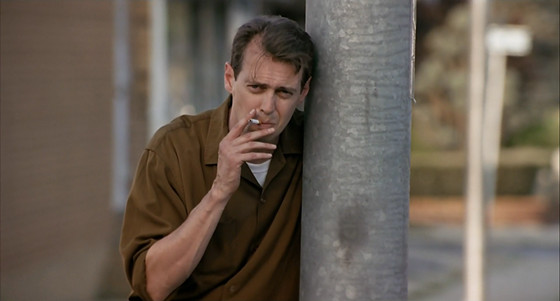
Directed, written, and starring Steve Buscemi, Trees Lounge is another great example of those pesky familiar faces decorating our screens. Buscemi, who has had some leading roles throughout his career, has usually been more successful as the supporting type because of his peculiar mug and nasally voice. Trees Lounge is a highlight for the guy, and not solely because of his performance—he’s putting in triple time here, rounding out the resume with a directorial effort and solid writing credit. Clearly smitten by the influence of Quentin Tarantino, Buscemi gives the script some zing with an abundance of cussing along with the infusion of some quasi-philosophical chitchat.
The beauty of Trees Lounge comes from its honed in simplicity though. It’s a great little time capsule of the mid-90s and provides an intimate look at the lives of some regular barflies. The aforementioned time capsule effect also implicates the yearning for a simpler time; one riddled with regular social outings among friends at the bar and suddenly realizing that these friends are actually family. The scenes are driven by conversation and some deep moments of reflection brought to us in the form of still camera shots and warm music. The reflective moments successfully hit a little harder too when we constantly get small stings of comedy, charismatically uttered and flawlessly delivered by the ensemble.
5. The Master (2012)
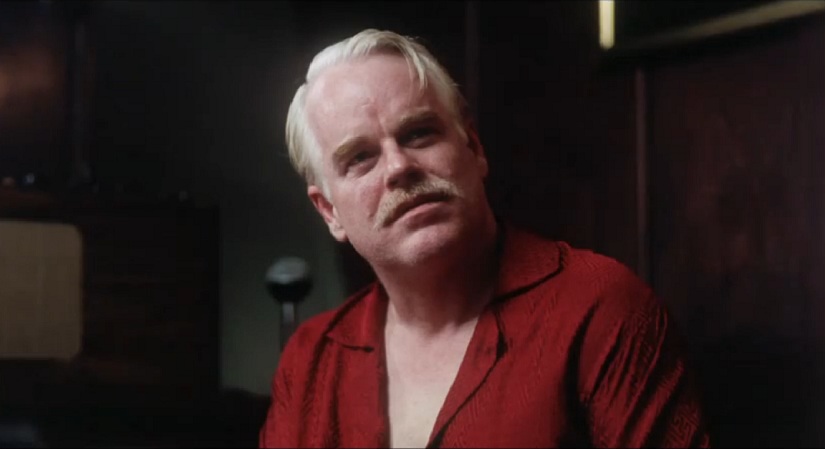
“I’d like to get you on a slow boat to China…” Are words that still resonate to the cult following of Paul Thomas Anderson’s The Master, spoken by a man who’s now passed on in our world but still gave us so much in the roles he coveted throughout his short-lived career. Philip Seymour Hoffman, who started out in cameos in Anderson’s early work gave it his all opposite the enigmatic Joaquin Phoenix and alongside the consistently solid (and undervalued) Amy Adams.
The Master is a superb “relic” (too soon?) of two powerhouses meeting in the same arena. The film is one of the best examples of those films people watch strictly for the acting, as Hoffman, Phoenix and Adams deliver turns for the ages. Just look at Hoffman’s utter statue of a man fully tamed, Phoenix’s animalistic, soulless oil-black eyes that weep and Adams’ stern, emotionally dormant housewife… one can only believe these are real people with the way they take hold of their personal agendas.
However, Paul Thomas Anderson’s The Master is a film that shows way more than just the supreme acting talent. Many may still find the story itself to meander and the film may not hold enough action to quell the thirst of mainstream audiences, but it is inarguably well crafted. The mise en scéne is layered and orchestrated with superb depth. The lighting and costume design in particular lead the way to accomplish immense visual style (just see about any scene with Phoenix), and these achievements further immerse the viewer into The Master’s world.
There are half a dozen scenes (minimum) that enact a virtuoso of conflict and battling personas. Anderson’s thematic work falls into place succinctly once the foils of each character break out into the open. It is no secret Anderson is a mastermind behind conducting phenomenal performances from his casts, and more specifically, building a certain relationship to its breaking point. One can even say the blowing up and settling down of emotions is something Anderson enjoys strictly to induce as a new past time. He’s always trying to orchestrate the next problem only to find a new equilibrium. Sometimes the winning ticket is subtlety though, and when the viewer is not experiencing an engrossing argument or physical beating on screen, they are being emotionally manipulated by the grimacing and visceral swooning of one of the best character actors to have ever laced them up.